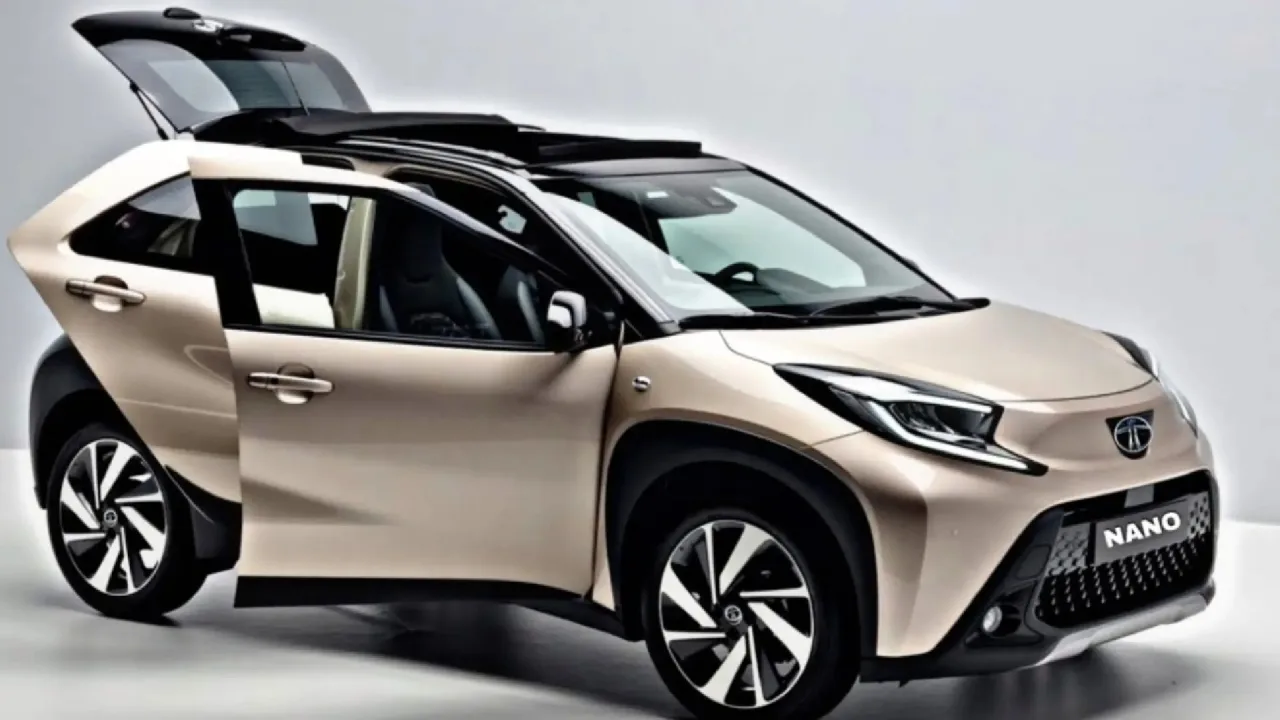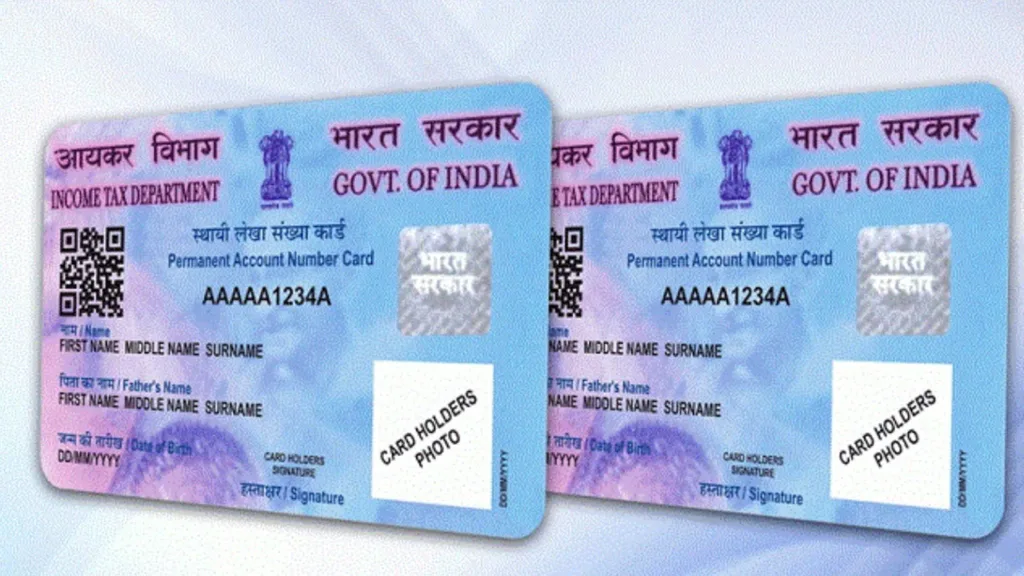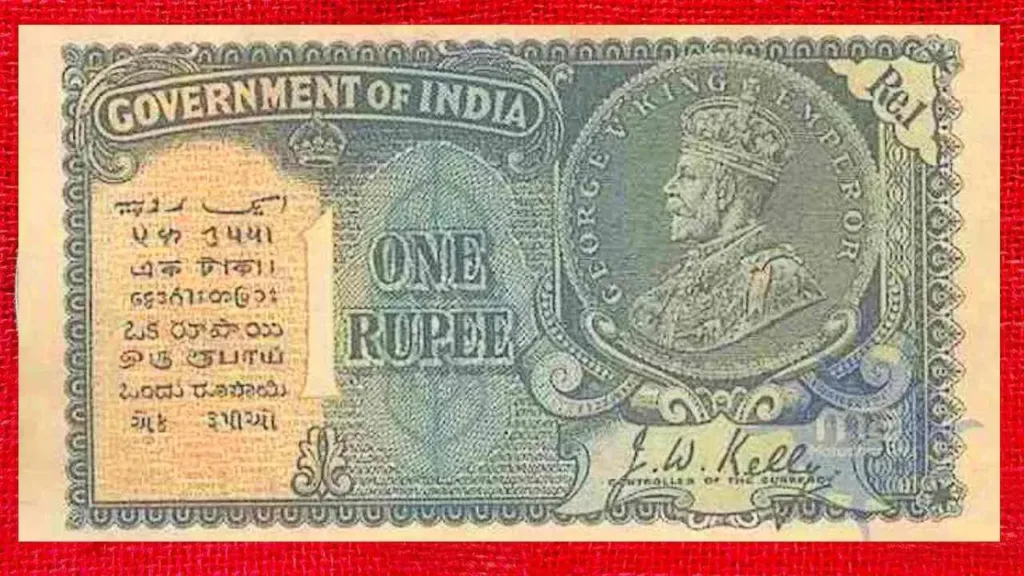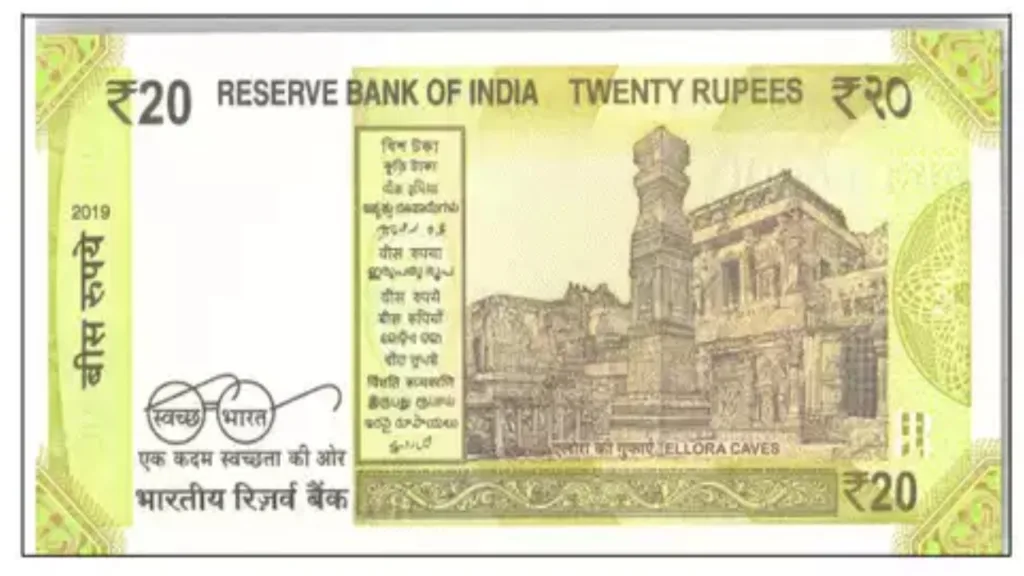The Tata Nano, launched in 2008 with a revolutionary price tag of ₹1 lakh (around $1,300), was more than just a car. It was a symbol of ambition, a promise of mobility, and a spark that aimed to transform the Indian automotive landscape. While its journey didn’t quite unfold as envisioned, the Nano’s story is one woven with innovation, challenges, and valuable lessons.
The Dream of “People’s Car”: In a nation dominated by motorcycles and scooters, the Nano aimed to offer a safe, affordable alternative for families transitioning to four-wheeler ownership. Its compact size, rear-mounted engine, and stripped-down features minimized costs, making it the cheapest car in the world. Tata Motors envisioned a production of 250,000 units annually, aiming to put millions on the road.
Innovation and Ingenuity: The Nano’s development was a testament to Indian engineering prowess. Over 300 engineers worked tirelessly to overcome cost constraints, resulting in clever design solutions. The single windshield wiper, single-cylinder engine, and crank-operated windows exemplified the focus on affordability without compromising safety.
Challenges and Roadblocks: Despite the initial hype, the Nano’s journey wasn’t smooth. Safety concerns, production delays, and negative publicity surrounding a factory fire dented its image. The perception of the car being “too cheap” and lacking features also hindered its appeal. Additionally, rising production costs and changing market dynamics made maintaining the low price tag challenging.
Evolution and Adaptation: Recognizing the market’s evolving needs, Tata introduced variants with improved features and a more premium feel, like the Nano GenX. However, sales remained sluggish, and the Nano eventually faced discontinuation in 2018.
Legacy and Impact: Despite its commercial challenges, the Nano’s impact on the Indian automotive industry is undeniable. It sparked a conversation about affordable mobility, encouraged car ownership among middle-class families, and pushed established manufacturers to innovate in the small car segment. The Nano’s legacy lies in its audacity, its attempt to democratize car ownership, and the valuable lessons it offered about market dynamics, consumer preferences, and brand perception.
Looking Ahead: The Nano’s story might be over, but its impact continues to resonate. As India’s electric vehicle market flourishes, questions arise about the potential for an affordable, electric Nano. While the future remains uncertain, the Nano’s story serves as a reminder of the power of ambition, the importance of understanding market needs, and the continuous need for innovation in the ever-evolving automotive landscape.
















